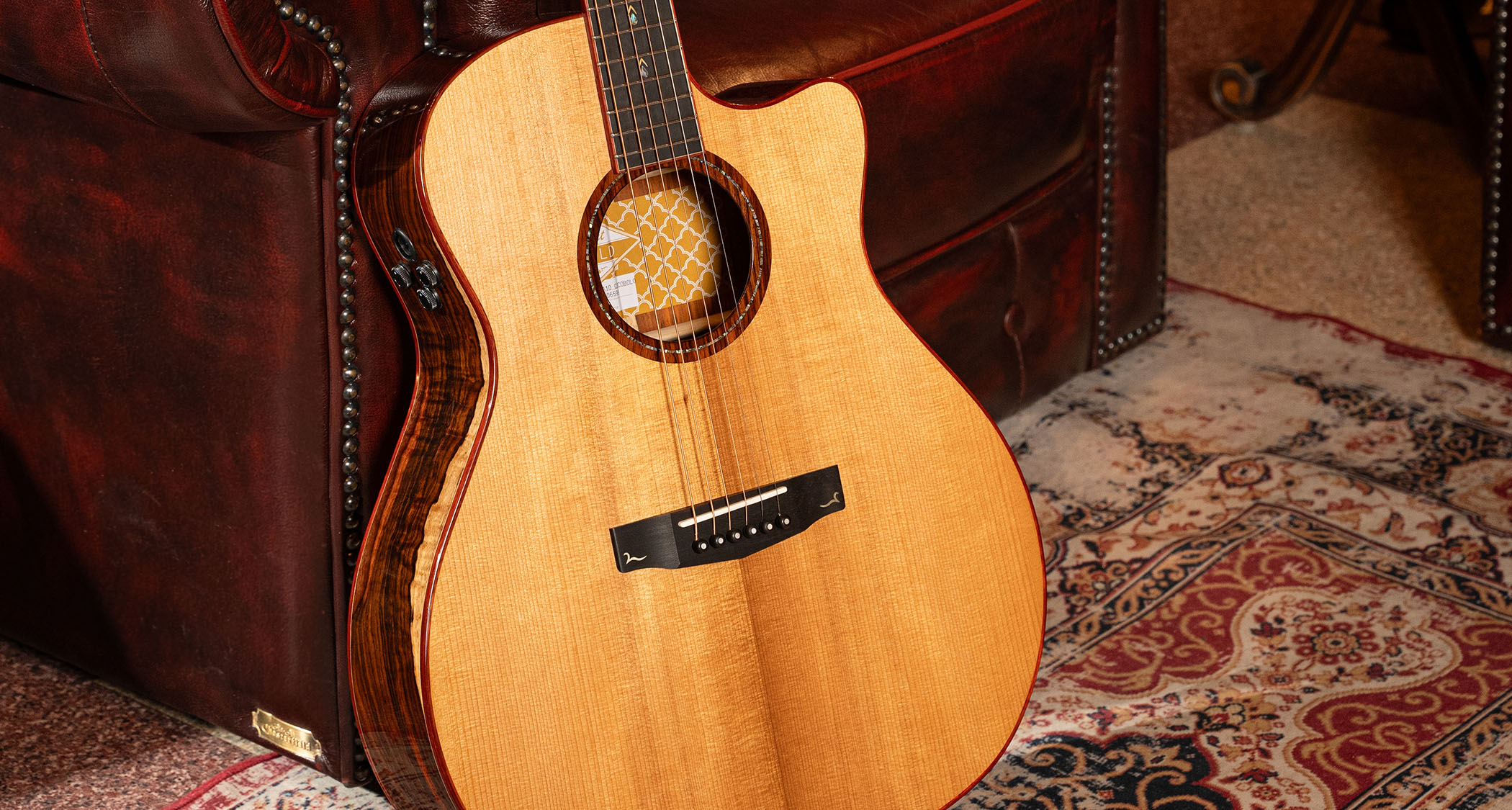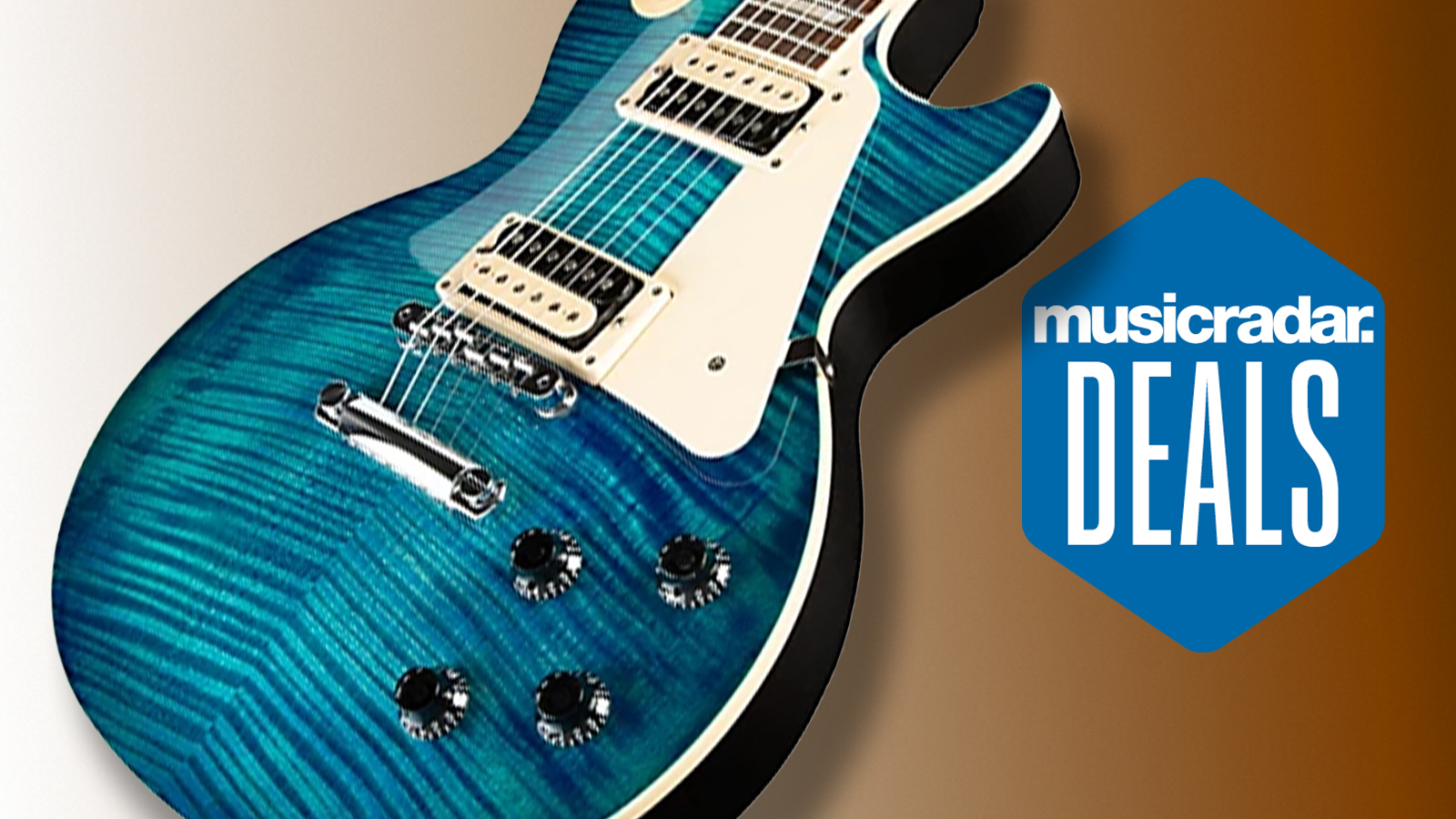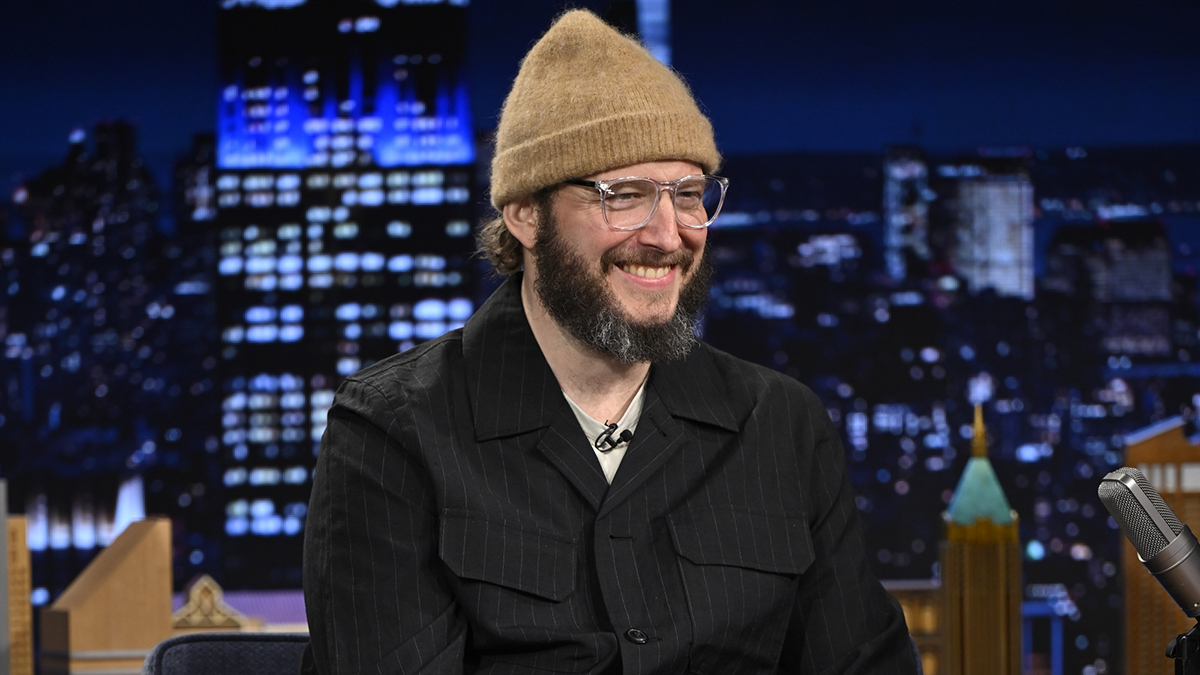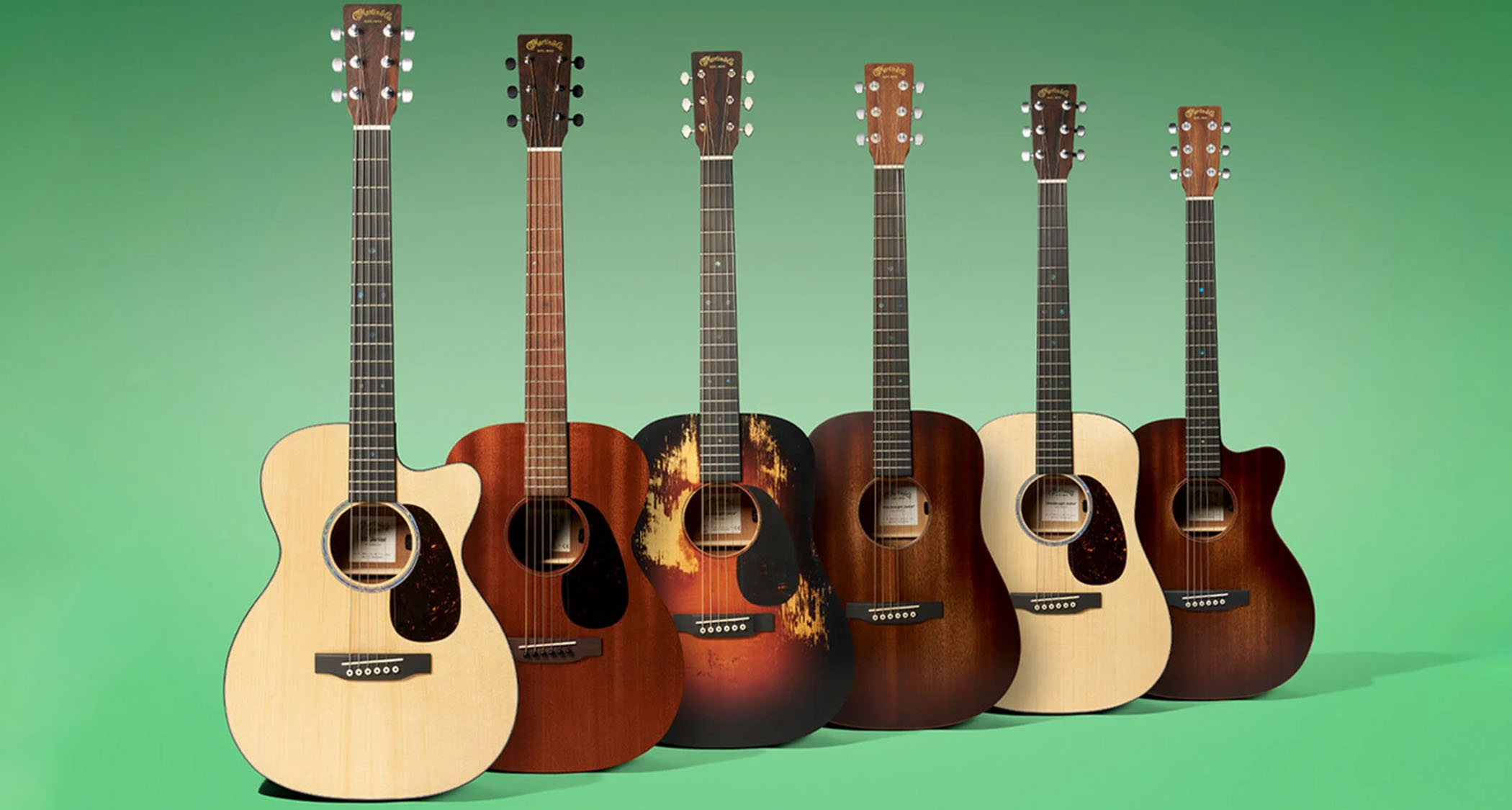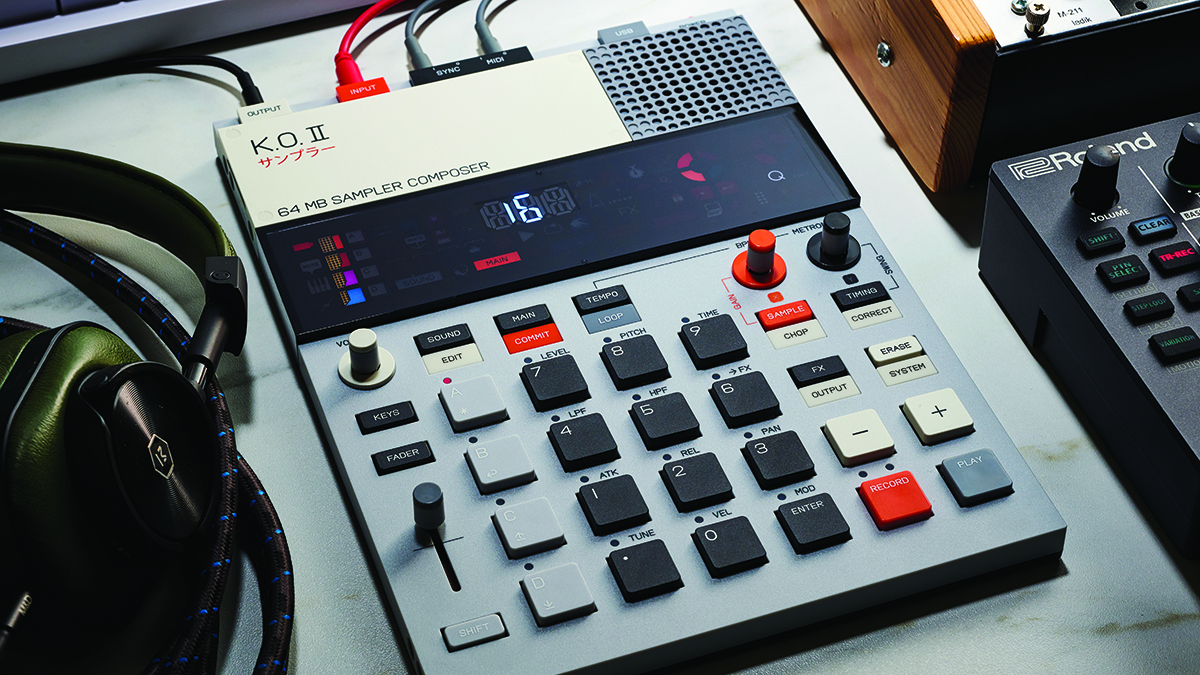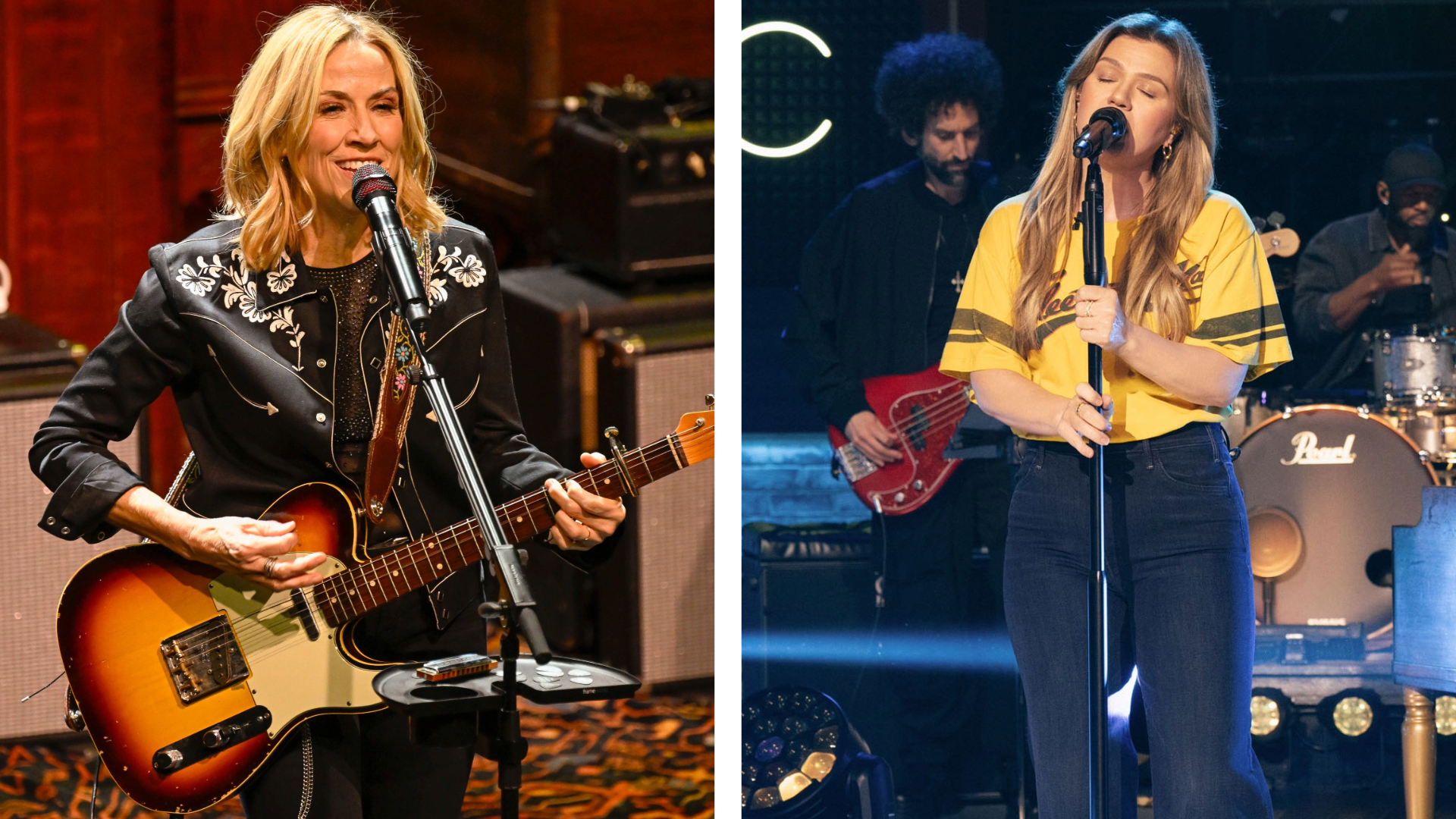The 10 most important synths and drum machines of the '80s
Meet the machines that defined a decade
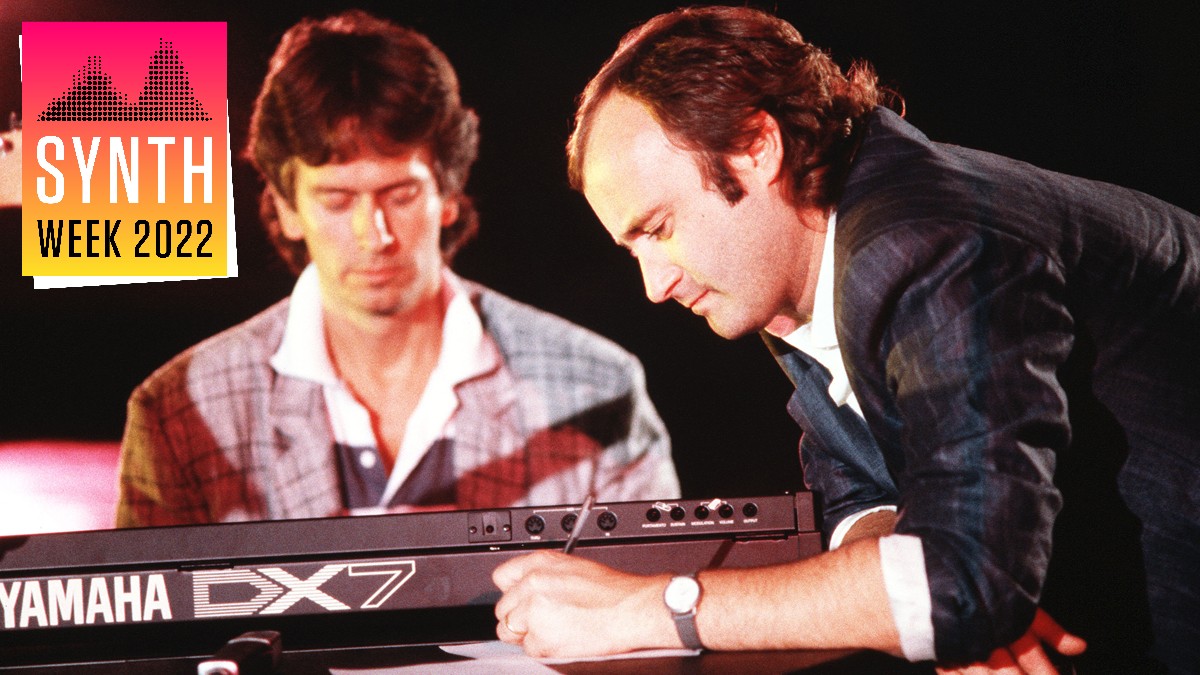
SYNTH WEEK 2022: Each decade has their own defining sound. Whether driven by trends in music, the desire to dance, new modes of leisure time or just to kick back against what has gone before, music is always on the move.
However, the switch up into the 1980s was a step further than the world had seen up until that point as the electronic revolution got its claws into music making and invented whole new forms of instruments, making whole new types of sound.
By 1980 the machines that made it possible had finally become more affordable meaning that rock giants seeking the 'new wave' sound and upstart new bands barely able to string a note together were playing on the same stage.
And there are a definable group of instruments – the hi-tech breakthroughs of their day – that made it all possible.
Here we list 10 of our favourite 80s-defining pieces of kit and if you want to take your music back to a golden era of innovation, here are the instruments (whether in real or software form) that you'll need to do it.
10. Oberheim DX/DMX Drum Machine
The DMX was Oberheim's answer to the Linn LM-1 Drum Computer, and although it didn't have quite as high a profile as Roger Linn's seminal sampled beatbox, it carved its own swathe through the era's new wave, hip-hop and pop charts.
Like the Linn, the DMX featured samples of real drums. 24 of 'em to be exact. Though the selection was anaemic by today's standards, users could wring a lot of variety out of the included samples with such sophisticated features as tunable samples and eight separate outputs for individual processing.
Get the MusicRadar Newsletter
Want all the hottest music and gear news, reviews, deals, features and more, direct to your inbox? Sign up here.
Better still, alternate sounds were made available on EPROM chips, and you could even burn your own with Oberheim's Prommer. Part of the Oberheim 'System', the machine was available in three incarnations: the DMX; the pared down DX; and the beefed up Stretch DX.
Hear it on
The Sisters of Mercy: First and Last and Always
New Order: Blue Monday
Pet Shop Boys: West End Girls
9. Roland D-50 Synthesizer
A little reverb goes a long, long way. It'd be hard to find better proof of that fact than the D-50, Roland's chart-topping blockbuster synth from 1987. Combining 8-bit sampled attacks, loops and synthesized waveforms, the D-50 was the instrument that really sparked the industry's love affair with sample-based synthesizers.
It was, and remains, an impressive-sounding instrument, chocked to the brim with tinkling bells, chiffy echoes and moody atmospheres. The programmers did a magnificent job, creating sounds that instantly inspire, partially thanks to the included reverb effects, often generously applied to hide some dubious loops ad artifacts.
Today, these same limitations might be seen as 'characterful' and they certainly didn't affect Roland's bottom line. There were (take a breath) over 200,000 of the things sold worldwide.
Hear it on
Prince: Lovesexy
Sting: Dream of the Blue Turtles
Michael Jackson: Bad
8. PPG Wave 2.2/2.3 Synthesizers
A small German company, PPG was founded by Wolfgang Palm and given a helping hand (at least financially) by synth music pioneers Tangerine Dream.
Palm's Wave 2, 2.2 and 2.3 instruments dispensed with analogue oscillators, replacing them with sampled 'wavetables', followed by traditional analogue filters and VCAs. Palm's digital oscillators were low-res, gritty and full of artifacts, all of which contributed to the Wave's distinctive palette. Nothing else sounded remotely like it.
It was at turns harsh and industrial, metallic and moving. And that bass! It could peel the enamel off of your teeth. It was a quintessentially '80s machine, though its legacy has since been revived by Waldorf in a series of hard and soft synths that draw upon Palm's technology.
Hear it on
Rush: Grace Under Pressure
Propaganda: A Secret Wish
Gary Numan: Berserker
7. New England Digital Synclavier
Everything about the Synclavier reeks of exclusivity. The price tag was beyond lofty and the company that made it was downright standoffish. Coming out at the tail-end of the '70s, the Synclavier became something of a studio staple in the early '80s. Affordable only to the rich and famous, this integrated system featured 16-bit sampling, FM and additive synthesis, and built-in digital recording. You could even print out notation with the thing.
Such specifications might seem commonplace today, but in the early '80s, this kind of power could set you back a hundred grand. Or two.
Hear it on
Hall & Oates: Big Bam Boom
Laurie Anderson: Mister Heartbreak
Scritti Politti: Provision
6. Roland Jupiter-8 Synthesizer
Who says all of the best analogue synths were produced in the '70s? If anything, Roland's massive Jupiter-8 was the final word in analogue technology, combining and refining everything done up until that point into one big, beautiful instrument.
Though a mere 2000 of the things were produced, that was enough to leave an indelible mark on the music of the '80s. With eight voices that could be split and layered across the keyboard, two VCOs per voice, high and low-pass filters and even XLR outputs, the Jupiter was a classy, capable machine. Later versions offered Roland's DCB interface, so you could strap on an MC-4 Microcomposer if you happened to have one lying around.
You could also sync up the arpeggiator to your Roland drum machine. Rest assured that such possibilities were pretty hip back in those pre-MIDI days. Today, the Jupiter-8 is becoming scarce. Those who have 'em are hanging on to them, and for good reason.
Hear it on
Michael Jackson: Thriller
Tears for Fears: Songs From the Big Chair
The Cars: Heartbeat City
5. Ensoniq Mirage
Check it out: 8-bit samples, with a top sampling rate of 32 kHz, 333 notes of sequencing, 144 kilobytes of RAM, and a single-sided, double-density floppy drive. It's almost laughable, isn't it?
Yet this is precisely what Ensoniq's Mirage offered, and they were repaid with over 30,000 sales. You see, in 1985, sampling was a rich man's game. It simply wasn't available to the working musician. Fairlights, Synclaviers and Emulators all fetched tens (if not hundreds) of thousands of dollars. Ensoniq broke the mould and shook the industry to its core with the Mirage, priced as it was at under two grand.
Featuring eight-voice polyphony, a velocity-sensitive keyboard, splits, layers and a resonant analogue filter, the Mirage brought professional sampling out of the stratosphere.
There were trade-offs, to be sure. All programming was achieved with a handful of buttons and a measly two-digit, hexadecimal display. Still, it offered a lot of power for those with the wherewithal to dive in. Thankfully, a number of nifty third-party software interfaces were offered to make sampling your own sounds easier.
The Mirage remains unusual in its ability to load third-party operating systems, effectively transforming it into an entirely different instrument. The excellent SoundProcess (still available from www.syntaur.com) remains a good example, turning the Mirage into a 16-channel multitimbral digital synthesizer.
Though completely overshadowed by modern instruments, the Mirage still carries a bit of cache among hip-hop and industrial artists, thanks to its crunchy, compressed character. It's cheap as chips on the second-hand market, too.
Hear it on
Skinny Puppy: Mind: The Perpetual Intercourse
Janet Jackson: Control
4. Yamaha DX7 Synthesizer
Synths were everywhere in the '80s, and this synth was damned near ubiquitous. Unleashed in 1983, it featured Yamaha's all-digital FM synthesis and received a somewhat unfair reputation for being hard to program. Not that it mattered to most users, who were more than happy to tinkle away on the factory presets.
After years of exclusively analogue synths, musicians embraced the DX7's smooth, crystalline tones and for a while the airwaves were rife with FM bells, digital Rhodes emulations and edgy basses.
It was the first 'blockbuster' synthesizer, with an astonishing 160,000 units sold between 1983 and 1987. Yamaha milked the technology for all it was worth, producing sequels and spin-offs for maybe a bit longer than they should have done. It almost single-handedly spawned the third-party sound design industry, and forced other synthesizer manufacturers to take a hard look at how they were building their own instruments.
Hear it on
Julian Lennon: Valotte
U2: The Joshua Tree (Brian Eno credited with DX7)
Mr Mister: Broken Wings
… And almost everywhere else
3. Fairlight CMI
The brainchild of Australian designers Kim Ryrie and David Vogel (from technology licensed from engineer Tony Furse), the Fairlight CMI hit the scene in 1979. Initially designed as a synthesis workstation, it was the instrument's sampling technology that turned the industry on its ear.
Over the next decade, the Fairlight would go through a handful of incarnations, each upping the ante. Ultimately, it would offer 16-bit sampling with a full 100 kHz sampling rate and the memory could be expanded to nearly thirty minutes of sampling time. Wow.
There was also FFT synthesis and waveform editing via a cool combo of light pen and waveform drawing screen. The Fairlight's Page R sequencer was nearly as popular as its sampling, offering a Rhythm Sequencer and 80-track (!) polyphonic sequencer.
This was serious technology in the '80s, and it came at a serious cost, with systems starting at 25k. In other words, only everyone who was anyone could get their manicured paws on the thing. Still, there were enough buyers to turn the instrument's distinctive orchestra hit and shakuhachi samples into Eighties cliches.
Hear it on
Thomas Dolby: Aliens Ate My Buick
ABC: The Lexicon of Love
Yes: 90125
2. E-MU Systems Emulator
It's funny to think that, at $10,000, the Emulator represented a price breakthrough. That was indeed the case when E-MU Systems debuted the big feller back in 1981. At that time, the nearest competition cost two-and-a-half times as much.
Inspired by the sampling section of the Fairlight CMI, the LM-1 and Publison's sampling delay effect, E-MU's main man Dave Rossum set out to design an instrument dedicated to sampling. Good thing he did; the company was heading for dire straits since royalties for their keyboard technology used in the Prophet-5 were about to dry up.
Rossum and partner Scott Wedge set about designing an eight-voice sampling keyboard that was, to be blunt, rather rudimentary. Early versions lacked filters or even a proper VCA. If you released a key during the attack stage, the sound would continue to play through the full length of the sample. Ouch.
Fortunately, a few retrofits were quick to arrive, offering niceties such as that missing VCA, a filter and a real-time sequencer.
Needless to say, the instrument took off, and E-MU's coffers were soon overflowing, thanks in some part to high-profile users such as Stevie Wonder (who got the very first one) and Vangelis.
Hear it on
Jean Michel Jarre: ZooLook
John Foxx: The Garden
1. Linn Electronics LM-1 Drum Computer
Until the LM-1, drum machines popped, hissed, and chirped like an orgy of electronic crickets. You see, prior to Roger Linn's breakthrough, all drum machines produced their sounds via old fashioned analogue synthesis. Most of them were non-programmable, preset accompaniment devices, with little to offer the professional recording musician and, with the exception of Roland's CR-78, they were rarely embraced by the cognoscenti.
Enter the LM-1. Featuring tunable, 8-bit sampled drums, the ability to store 100 programmable patterns and eight songs, not to mention a wicked shuffle groove, the LM-1 finally gave professional musicians the tools they needed to produce quality backing tracks that could be taken into the studio. Drummers were not amused.
Looking back, it's easy to underestimate the impact of those twelve sampled sounds (yep, It was just the twelve). Sampled at 28 kHz and intentionally unfiltered, they were surprisingly musical and, in the hands of a good programmer, quite convincing.
Costly, at $4995, it was not accessible to your average garage band, and subsequently only about 500 of them were sold. Still, very few instruments defined the sound and the technological direction of the 1980s in quite the same way as the LM-1. Quite simply, it changed everything.
Hear it on
Prince: 1999
Peter Gabriel: Security
Ric Ocasek: Beatitude
Icehouse: Primitive Man
The Human League: Dare (inc. "Don't You Want Me")
Want more synthy goodness? Get all our features, tutorials, tips and more at our Synth Week 2022 hub page.





